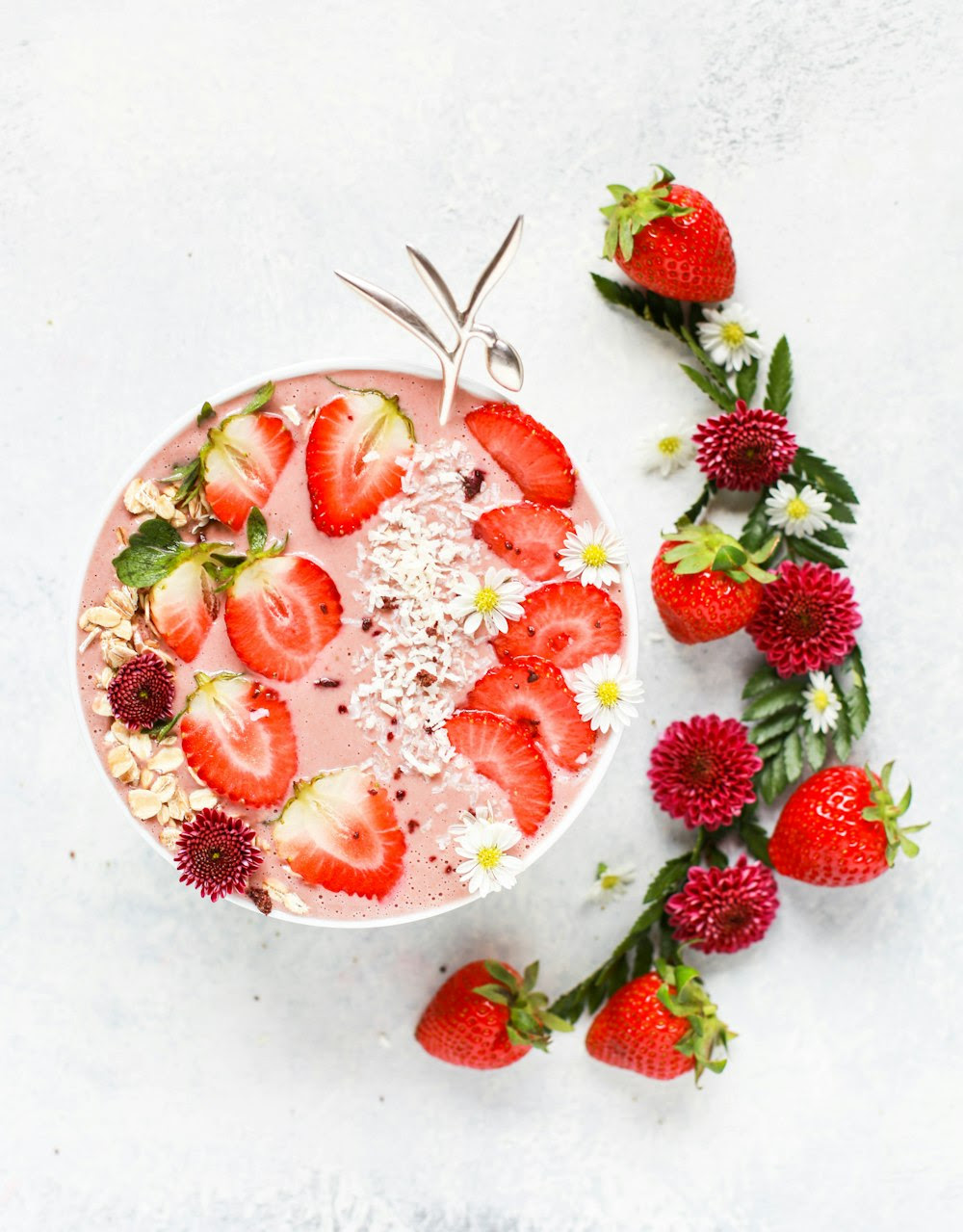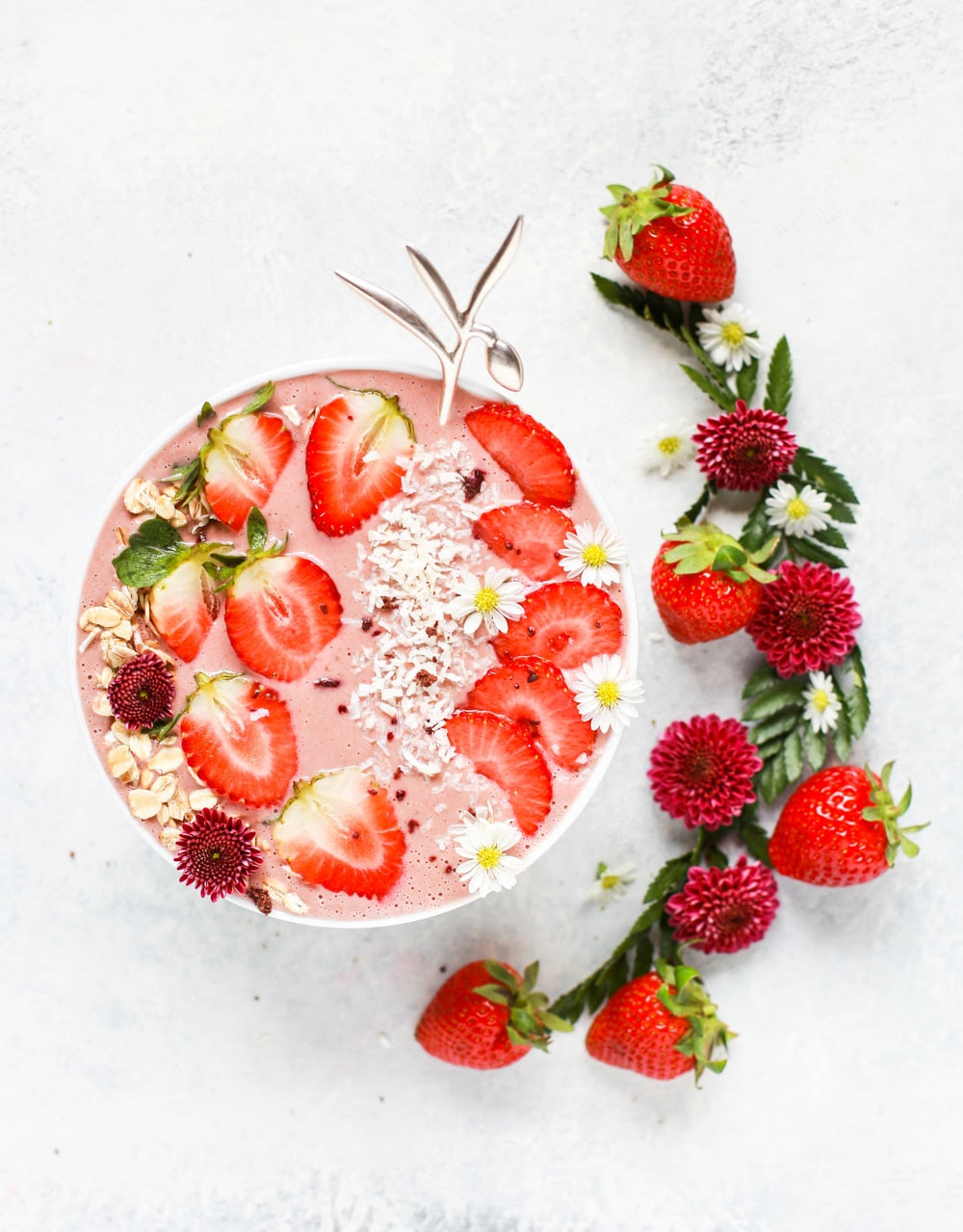The best way to protect your health
It’s better to eat BOGOS foods
When preparing a meal, we recommend taking the BOGOS – berries, olive oil, green vegetables, omega-3 and spices – to give your brain a boost.
Red Fruits
When preparing a meal, we recommend taking the BOGOS – berries, olive oil, green vegetables, omega-3 and spices – to give your brain a boost.
Red Fruits

Blueberries fight ageing in the body. It contains more than 20 antioxidants, giving it anti-aging properties. “It protects collagen, allowing for more toned skin, helps maintain good night vision by stimulating the retinal pigment and prevents memory loss…” In prevention of eye diseases,
it is recommended to take 150 g of blueberries per day.
Raspberry reduces the risk of inflammation. Six studies conducted by Texas Woman’s University (University of Washington) show that the polyphenols in raspberries have a significant anti-inflammatory action, which would reduce the risk of certain diseases (diabetes, obesity).
Olive oil

First of all, we find triglycerides. Consisting of a glycerol molecule associated with three molecules of fatty acids, these constituents are a major component of all food fats, oils and fats. It is a very important energy reserve for the body. In olive oil, triglycerides are accompanied by some diglycerides, monoglycerides, free fatty acids and phospholipids (important constituents of animal and vegetable cell walls).
The extra virgin olive oil is particularly rich in monounsaturated fatty acids (oleic acid in the lead, representing between 55 and 80% of total fatty acids) and, to a lesser extent, in polyunsaturated fatty acids (mainly linoleic acid) and saturated fatty acids (palmitic acid, stearic acid …).
This fatty mass is largely in the majority in olive oil. However, it also contains other molecules which, although present in reduced proportion, have a major effect on its properties.
Numerous epidemiological studies agree on the beneficial effects on the cardiovascular health of regular consumption of extra virgin olive oil, with a measurable reduction in the risk of mortality. This effect is even more pronounced when the oil is of good quality.
Beneficial consequences in terms of cholesterol are also often reported, as well as anti-inflammatory effects. This is not surprising, since sterols and triterpenes are known to be involved in the good management of blood cholesterol, while carotenes and tocopherols are well-known antioxidants.
The polyphenols present in extra virgin olive oil also protect blood lipids against oxidative stress. This results from the aggression of the cellular components of the body by “reactive oxygen species”, the famous “free radicals”. Numerous in vitro tests, as well as clinical trials, have shown that olive oil traps free radicals. This property has led the European Food Safety Agency (EFSA) to recognize the validity of the health claim “olive oil polyphenols contribute to the protection of blood lipids from oxidative stress”.
Greens

Green vegetables get their colour from their composition. Indeed, they are rich in chlorophyll which is a pigment present in all green plants. Its function is very important because it allows the plant to feed itself by photosynthesis.
These vegetables are grown in gardens or more widely in fields for larger crops. Their production depends on the seasons.
In addition to their amazing colour, these vegetables are very interesting nutritionally. There is a great diversity of them offering a variety of flavours and allowing consumers to combine pleasure and health.
Why eat green vegetables?
Green vegetables help fight against certain cancers, diabetes and cardiovascular disorders [1]. Indeed, they are :
-Rich in fibre: regular consumption of green vegetables will help protect the digestive system from certain diseases (inflammatory diseases, intestinal cancer, colon cancer) and facilitate intestinal transit thanks to their high fibre content.
-Source of vitamins: A, C, K, B6, B9 (role in immunity, energy production, visual capacity, …).
-Source of minerals: magnesium (energy production inside the cells), iron (a constituent of red blood cells), calcium (muscle contraction).
-Source of antioxidants: they help to slow down cellular ageing.
-Rich in lysine: an essential amino acid that improves tissue repair. It is found in cabbage, watercress and spinach.
-Rich in alpha-linolenic acid, an essential fatty acid that helps reduce the risk of cardiovascular disease.
-Low in calories.
Omega-3s

There are three types of omega-3 fats in foods: ALA, DHA and EPA. Our bodies are unable to make ALA, an essential fat, which means we must eat foods that contain it. The U.S. National Academy of Medicine recommends 1,100 to 1,600 mg/day of ALA. This fat comes from plant sources, including the following:
DHA and EPA are found in fish and seafood. Studies have shown that DHA and EPA may be associated with a reduced risk of cardiovascular disease. These fats may help reduce blood pressure and triglyceride levels and prevent blood clots, all factors associated with heart disease. They may also play a role in reducing inflammation.
There is currently no Dietary Reference Intake for this type of omega, but the Academy of Medicine recommends consuming between 100 and 160 mg of DHA and EPA per day. The recommended therapeutic dose for heart health is higher; consult your doctor to find out what is right for you.
Fish is the best source of DHA and EPA. All types of fish are good for you, but cold-water fatty fish, such as salmon and tuna, contain more omega-3s than other species, such as tilapia or sea bass. Omega-3-rich eggs and milk, which come from animals whose diets are enriched with omega-3, can also add small amounts of DHA to the diet.
Numerous research studies have shown that dietary patterns that incorporate fish and seafood are associated with a reduced risk of cardiovascular disease and some research shows that they are also associated with a reduced risk of obesity.



Comment here